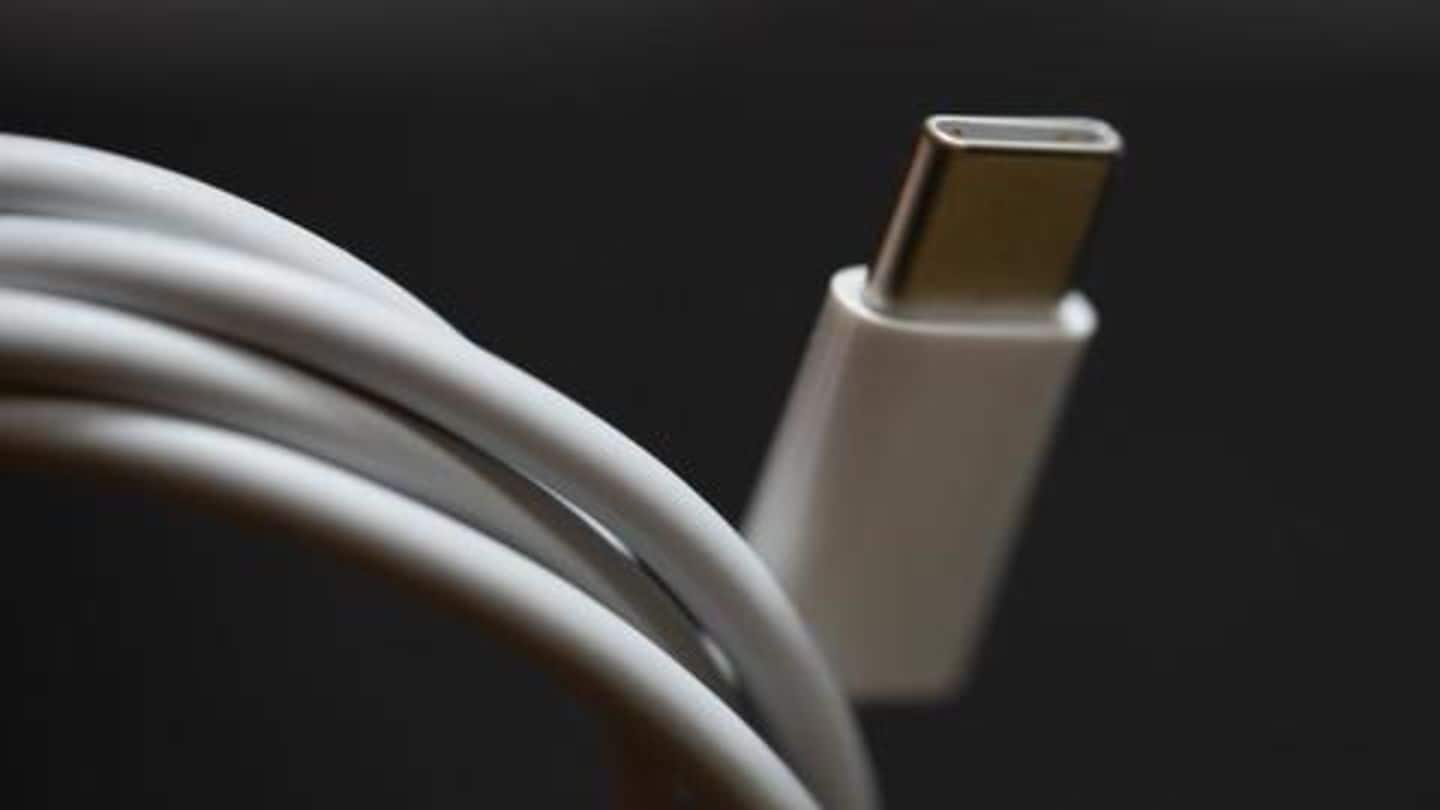
Next-gen USB 4 standard announced, promises 40Gbps transfer speed
What's the story
In a major development, the USB Implementers Forum (USB-IF) has announced USB 4 as the next-generation of USB connectivity. The new standard is twice as fast as the current USB 3.2 connectors and promises a whopping 40Gbps of data transfer speed, The Verge reported. Notably, this is also what you get on the current Thunderbolt 3. Here's all about the new standard.
Details
USB 4 builds atop Intel's Thunderbolt 3
The new USB 4 standard offers the same speed as Thunderbolt 3 because it builds on the latter. Basically, Intel has offered the technology behind the Thunderbolt standard to chipmakers without any royalty, which has led to the development of USB 4. The chipmaker, according to The Verge, made this move in a bid to increase the adoption of Thunderbolt 3's infrastructure.
Features
USB 4 can run two 4k displays at same time
The next-gen connectivity standard will deliver 40Gbps and transfer all your movies and music in a matter of seconds. It will exclusively use USB-C ports to deliver 100 watts of power and offer support to run external graphics cards, two 4k displays simultaneously or a single 5k panel. Prior to this, such capabilities could have been achieved only on Thunderbolt 3 ports.
Information
However, you will need USB 4 compatible cables
Having said that, it is important to note that you'll need cables supporting high data transfer speeds to get 40Gbps from the new standard. But, that does not mean USB 4 won't work with regular USB-C or Thunderbolt 3 cables you might already have.
Release
Official release later this year
As of now, USB 4 standard has only been detailed in a draft specification but will go official by the end of this year. In the upcoming official announcement, we may learn more about the standard and its capabilities. Either way, as the new standard is open and royalty-free, we expect to see it on more devices in the coming years.